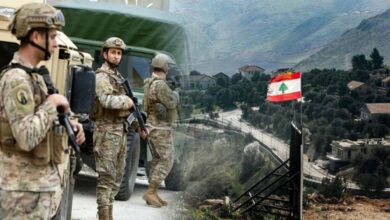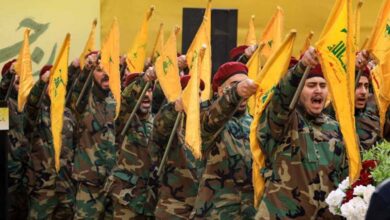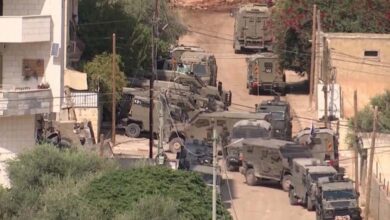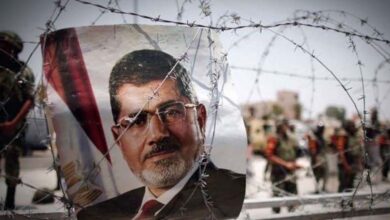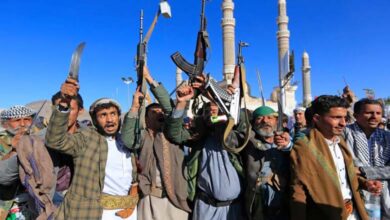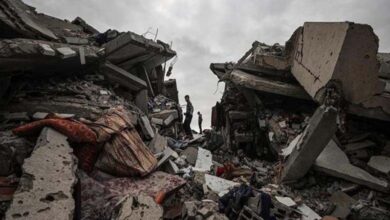Beirut under Bombardment: Paths of Death and Hope Meet in the Night of the Stricken City
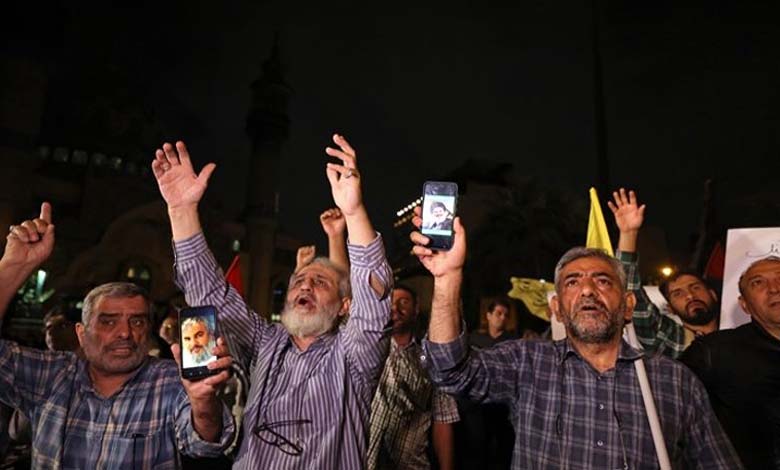
After the “worst” bombing Beirut has endured in twenty years, all roads seem to lead to death. There is no place for the displaced to find shelter, nor any bunkers to protect them from Israeli airstrikes.
-
The Israeli army is preparing for surprise Hamas weapons in the event of a ground invasion
-
Israeli Army and Mossad Agree on Plans to Strike Iran
The strikes, scattered across different areas, were preceded by warnings from the Israeli army to residents of some zones, urging them to vacate their homes. However, they weren’t told where to go. Some evacuees, still in their pajamas, laid down on the ground, while others wandered aimlessly, with no direction, among the cars lined up in two rows, also unsure of where to go as the roads were blocked by thousands of vehicles trying to flee the areas under fire.
It was 3 a.m., and southern Beirut was experiencing the heaviest bombardment it had seen in nearly two decades. A CNN crew drove by people camping on the sidewalks, most of them on the wooden promenade overlooking the sea in the western parts of the city, which had yet to be hit.
-
Biden Administration prepares to impose sanctions on Israeli Army Officers
-
Qatari Army Chief of Staff meets with Israeli counterpart and agrees to install Israeli radars in Qatar
These evacuees were from neighborhoods being bombed by Israeli warplanes. Some of them were chatting on the sidewalks, while others slept on benches and on the ground. Women were carrying their small children and sleeping infants, while kids roamed the streets, drifting aimlessly between the parked cars, wearing their nightclothes.
In the commercial street of Hamra, a crowd had formed in front of an abandoned building, almost bringing traffic to a halt. A man broke open the iron gate, allowing a flood of displaced people to enter, seeking shelter. A new wave of arrivals soon followed. Exhausted women stepped out of cars, carrying their children, blankets, and mattresses.
-
Gaza Setback and the Success of Israeli Spies: An Analysis of Hezbollah Infiltration
-
Reverse Migration from Lebanon Amid Israeli Escalation
Most people carried only the clothes on their backs, as they hurried to escape in search of safety. Many tried to maintain a facade of bravery, though anxiety lurked beneath their thin veil of courage.
“We’re fine! I’m sure our house is still standing. There’s no need to worry,” said a woman in her early sixties to a group of people around her.
-
Iran’s “Recruitment” of an Israeli Businessman to “Assassinate Netanyahu”: The Full Story
-
Iran’s Secret Document Ignites a Dispute within the Israeli Military and Netanyahu’s Office
It was a sleepless night in the Lebanese capital, with streets busier than usual in the early hours of Saturday morning. Restaurants and cafes remained open, serving food and coffee, while the images of explosions lit up the night sky a few miles away and flickered on TV screens.
As the CNN crew roamed the city, the Israeli army issued new evacuation orders for residents of areas that had not yet been bombed in southern Beirut.
-
Gaza War: How Did “Amazon” Contribute to the Precision of Israeli Airstrikes?
-
Confessions of an Israeli Soldier: We Destroyed Homes in Gaza for “Trivial Reasons”
One such area was Bourj el-Barajneh, a densely populated neighborhood that includes a Palestinian refugee camp and is home to many of the poorest migrants. Less than 30 minutes later, Israeli forces began striking the area.
It is unclear whether many of these residents managed to escape in time. Meanwhile, the people of Beirut await sunrise to see what has become of their homes, their city, and its residents.



